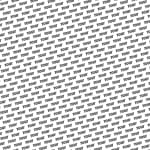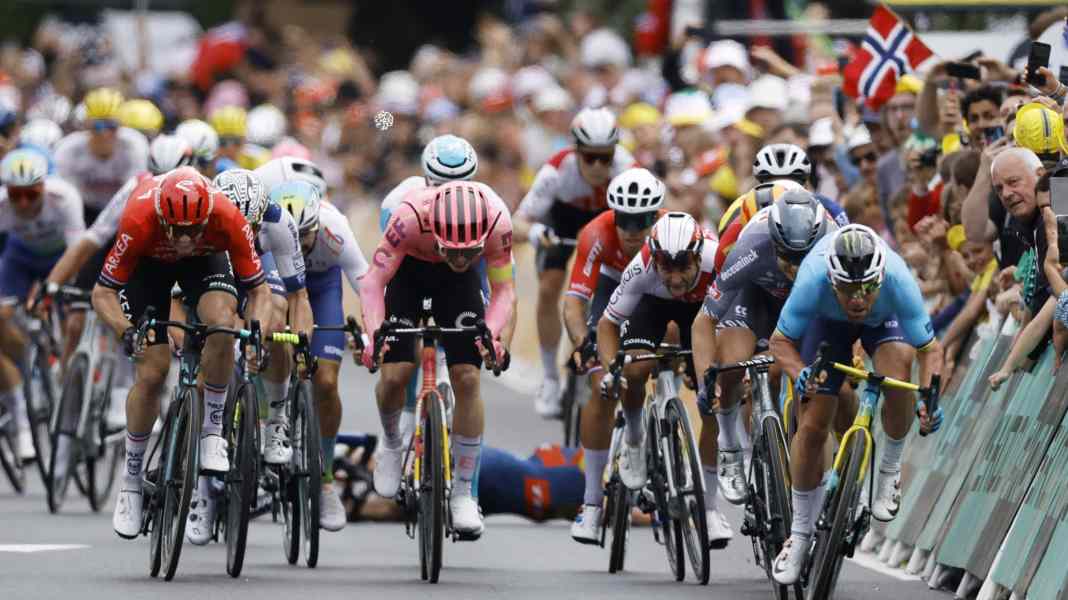
Tour de France 2024 - Stage 13: Gruissan - Nimes | 188,6 Kilometers
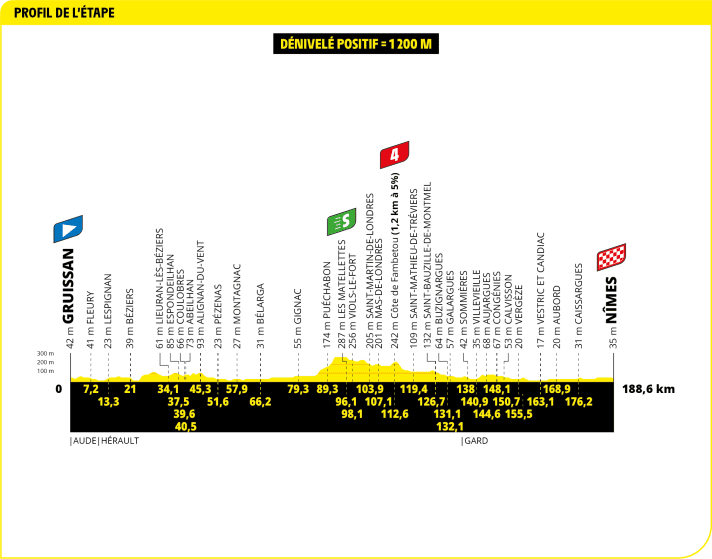
The 16th stage is the last chance for the sprinters to win a stage in this Tour. Accordingly, those who have successfully fought their way over the Pyrenees will be doing everything they can to ensure a bunch sprint on the Boulevard du President Salvador Allende in the heart of Nimes.
Mark Cavendish, who only just finished in the time limit on Sunday, is probably gearing up for the final sprint in a Tour de France for the last time in his long career. Cavendish will be suitably motivated to give it his all once again. The approach to Nimes has its pitfalls. Numerous traffic circles have to be passed, the last one only 380 meters before the flat finishing straight. However, the organizers will have straightened and defused these if they pose a danger.
The topographical difficulties of the stage are also manageable: only 1,200 meters of altitude difference are on the agenda. A fourth-category climb 76 kilometers before the finish is the highest hurdle. A piece of cake after the Pyrenean peaks. The wind blowing in from the sea is more likely to blow the peloton apart and with it any dreams of a final sprint.
Technically, Mark Cavendish also tackled the huge mountain stage on Sunday as a wind fighter. 60 millimeter high Vision Aero wheels adorned his Wilier racing machine. The calculation behind it: Given the expected early gap due to the climbing from kilometer zero, Cavendish equipped himself for an efficient riding style downhill and in the valleys to minimize time losses and preserve his chances of finishing in the time limit. The best possible aerodynamics should help on the long road to the high finish - even at the cost of a little more weight due to the high wheels. In our preview, the simulation also showed that this is the best way to save time.
Before the finish line of the 16th stage, aerodynamics and top speed are what counts again. That’s what our simulation is all about. We simulate a final sprint over 160 meters for Mark Cavendish on stage 16. His main opponents are likely to be Jasper Philipsen and Biniam Girmay.
Number of the day: 34 hundreths of a second
Cavendish loses 34 hundredths of a second to Jasper Philipsen in a head-to-head sprint - if you only look at the performance of the bikes. This means that Mark Cavendish does not have the fastest bike at his disposal.
But he will try to make up for this deficit with body aerodynamics. Because hardly any other rider has perfected the art of aerodynamic sprinting like Cavendish. He crouches extremely low over the bike - and still brings the power to the road. Alongside his undeniable speed and good eye for positioning, this is the third skill he brings to the table when sprinting.
The (almost) entire field at a glance*
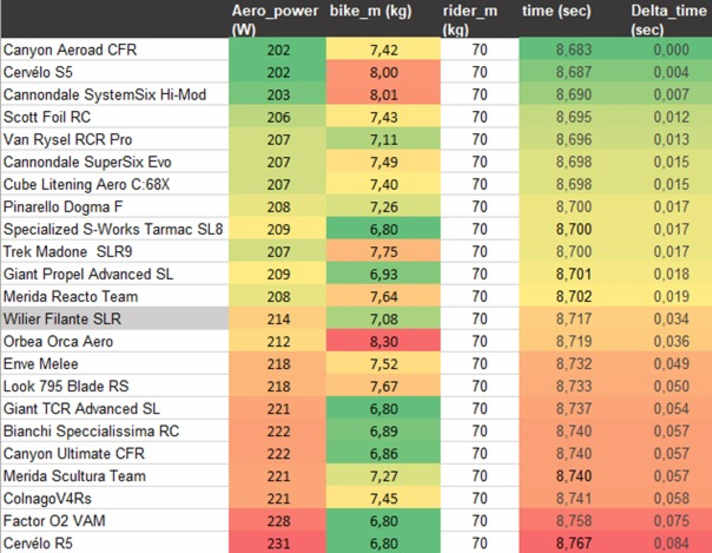
*) The calculations are based on the bikes tested by TOUR in the laboratory and wind tunnel. The bikes at the Tour de France may differ in some details. Of course, we have also not yet been able to examine last-minute prototypes. Background to the simulation.
Table: The riding times in the short sprint over 160 meters. Technically, Jasper Philipsen has the front tire with the Canyon Aeroad. The fact that Mark Cavendish can keep up on his Wilier Filante (marked line) is due to his riding style and his very good body aerodynamics.
Review of the pyrenees: Material mix at Visma | Lease a Bike
As expected, the first stage of the Pyrenees began with defensive tactics from UAE. According to Pogacar, his decision to attack came spontaneously. He briefly used Adam Yates, who had attacked from the leading group, as a springboard (slipstream) and then pulled away unstoppably. In doing so, Pogacar turned the tide back in his favor and wiped away doubts that had arisen after he surprisingly lost the final sprint to Jonas Vingegaard on the eleventh stage.
On stage 15, Vingegaard made his team work and made it difficult for breakaways to build up a sufficient gap for a stage win. As on the previous day, Vingegaard relied on the lighter Cervelo R5. However, it was interesting - and logical - that his helpers rode the more aerodynamic S5 for the ride through the valleys.
None of this bothered Tadej Pogacar. He rode away from Vingegaard five kilometers before the finish on his Colnago in his usual set-up and completed the preliminary decision. In sporting terms, the signs are now pointing to another victory for Pogacar. But the Tour is the Tour. One small mistake can be enough to reshuffle the cards. Two difficult mountain stages and the final time trial on the last day will keep the tension high.
Our expert
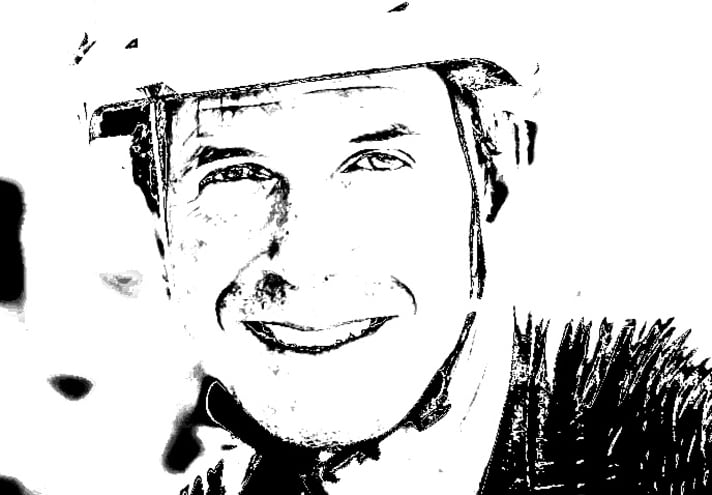
Robert Kühnen studied mechanical engineering, writes for TOUR about technology and training topics and develops testing methods. Robert has been refining the simulation calculations for years, they are also used by professional teams.
